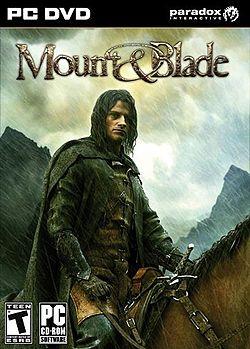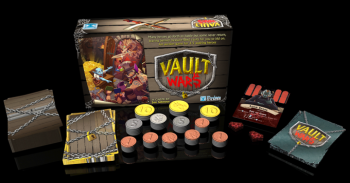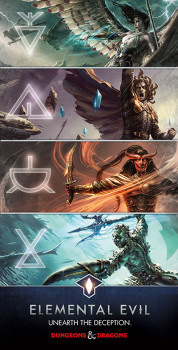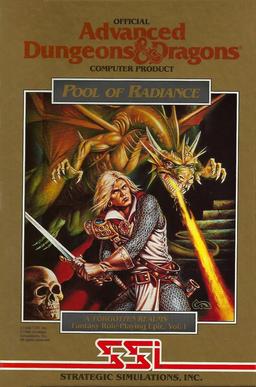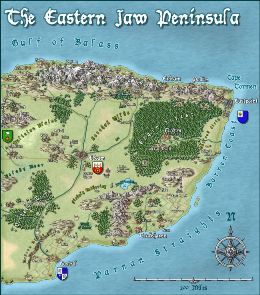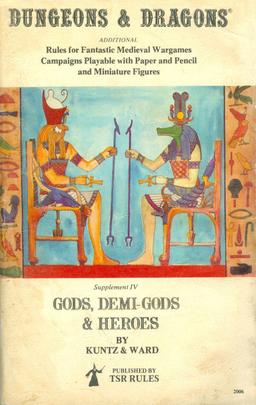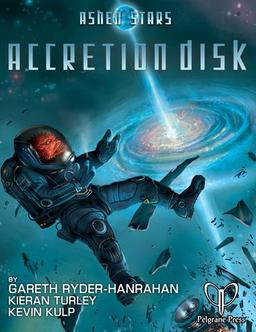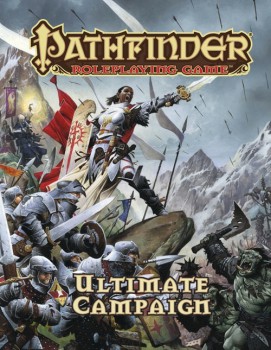Vampiric Legions Versus Noble Knights: Avalon Hill’s Dark Emperor
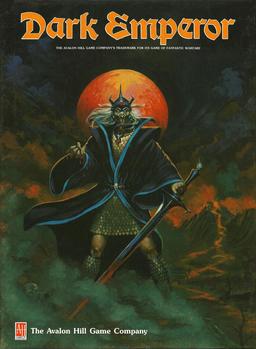 By 1985 it was pretty clear that J.R.R. Tolkien’s The Lord of the Rings was the defining fantasy of the 20th Century — and that the license was a gaming gold mine. SPI had turned it into the classic board game War of the Ring in 1977, which had gone through multiple printings and was still selling well nearly a decade later. SPI had built on the success of WotR with a small line of Tolkien-inspired games, the most ambitious of which was Greg Costikyan’s sumptuous Swords & Sorcery, in 1978.
By 1985 it was pretty clear that J.R.R. Tolkien’s The Lord of the Rings was the defining fantasy of the 20th Century — and that the license was a gaming gold mine. SPI had turned it into the classic board game War of the Ring in 1977, which had gone through multiple printings and was still selling well nearly a decade later. SPI had built on the success of WotR with a small line of Tolkien-inspired games, the most ambitious of which was Greg Costikyan’s sumptuous Swords & Sorcery, in 1978.
It took a while for Avalon Hill, the undisputed king of American board games, to get into the act, but by the mid-80s they decided to enter the epic fantasy market. They’d already tried their hand with Magic Realm in 1979, and later Elric, neither of which drew on the epic good-versus-evil model of The Lord of the Rings, and neither of which had been very successful. For their next attempt they lured Greg Costikyan from West End Games, where he’d been gainfully employed since SPI had been shut down by TSR in 1982.
Costikyan, who was only 25 at the time, already had an impressive resume. He entered the industry at 14, assembling games in the shipping department at SPI. He designed his first game for SPI, Supercharge (1976), based on the First and Second Battles of Alamein during World War II, when he was 17. By 1985 his published games included Barbarian Kings (1980), Paranoia (1984), and Toon (1984), not to mention the popular microgames The Creature That Ate Sheboygan (1979), Vector 3 (1979) DeathMaze (1979), and Trailblazer (1981). Perhaps his greatest success, West End’s Star Wars RPG, was just two years in his future.
Dark Emperor, the game Costikyan designed for Avalon Hill, is a two-player boardgame that mimics Swords & Sorcery‘s dual warfare-and-quest approach. Although it lacks both the deep world-building of that game, and its numerous rich scenarios, it’s clear that Costikyan learned from the overly-ambitious design of S&S, producing a more tightly focused game. The Tolkien influence is also clear… if you want to play Sauron, striding across a fantasy land as a nigh-unstoppable Dark Lord invading from another dimension, Dark Emperor is definitely for you.
